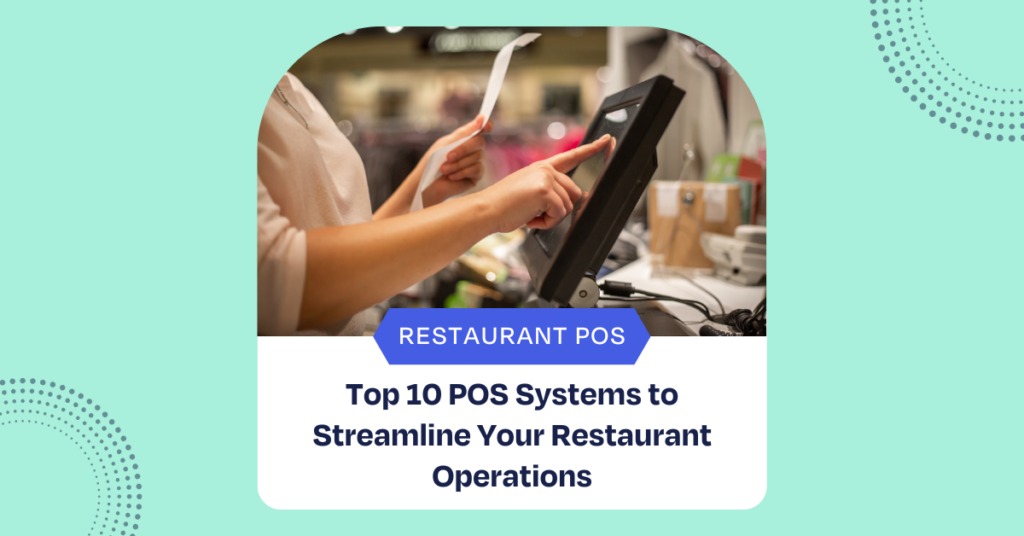Picture this: you step into a hotel lobby in 2025, and your phone unlocks your door before you even reach reception, an AI chatbot has already suggested tonight’s dinner, and the menu pops up in augmented reality showcasing farm-fresh, locally sourced dishes.
Those seamless moments are just a taste of the Trends in the Hospitality Industry quietly reshaping guest expectations right now.
In my decade of helping hotels, marketing agencies, and multi-location brands stay ahead, I’ve watched early adopters leapfrog the competition, while others scramble to catch up.
Ready to uncover the seven game-changing shifts that could transform your next season? Let’s dive in.
Overview of Hospitality and Tourism Trends
Before we dive into the seven big shifts, let’s zoom out and see where the hospitality sector is headed in 2025.
I love starting with hard numbers, they ground everything in reality. So, let me break it down:
Market Growth (5.8% CAGR to 2032)
The global hospitality and tourism industry is on track to grow at a 5.8% annual rate through 2032—well above the 2.7% average for the rest of the economy.
But here’s the thing: growth like this brings opportunity…and a lot more competition.

Employment Expansion (126 M Jobs by 2032)
By 2032, the sector will add 126 million new jobs worldwide. That means more front-desk staff, more chefs, more guides—plenty of roles for people who love human interaction.
U.S. Revenue Projections (USD 235.96 B to 299.29 B by 2029)
In the U.S. alone, annual revenues are set to jump from USD 235.96 billion in 2024 to USD 299.29 billion by 2029—a 4.87% CAGR.

Tech-Driven Transformation (AI, IoT & Blockchain Adoption)
Smart tech is no fad. From AI-powered chatbots to IoT-enabled rooms and even blockchain for secure payments, these tools are projected to push the AI market in hospitality past USD 13.38 billion by 2030 (28.7% CAGR).
Health & Wellness Tourism Growth (7.5% Annual Growth through 2025)
Wellness travel isn’t slowing down. With a 7.5% annual growth rate through 2025, more guests are booking stays focused on mental and physical health—think yoga retreats, spa packages, and detox menus.
That quick tour shows why 2025 is shaping up to be a landmark year for hotels, resorts, and travel brands.
Next, we’ll unpack the seven trends that are driving these big-picture shifts.
7 Latest Trends in the Hospitality Industry You Need to Watch
When I look at the Trends in the Hospitality Industry, these seven shifts stand out in 2025. Buckle up—because each one can turn your hotel, restaurant, or spa into a guest magnet.
1. AI-Powered Personalization
Let me explain: artificial intelligence went from cool to critical. I’ve helped hospitality companies use ai-powered chatbots and predictive analytics to tailor every stay. Imagine your systems pulling past guest preferences, favorite pillow firmness, preferred minibar snacks, even room temperature—and setting them automatically.
Here’s the thing: when guests walk in and feel known, their customer experience scores jump. Plus, dynamic pricing models adjust rates in real time for high-demand weekends, local events, or sudden weather changes. That means more revenue without lifting a finger.
2. Contactless and Seamless Experiences
Trust me, mobile check and digital keys aren’t just pandemic leftovers—they’re here to stay. When I rolled out a contactless system for a boutique hotel, we saw check-in times drop by 60%. Guests tap their phone, skip the line, and head straight to their room. But wait—there’s more.
Voice-activated room controls eliminate touchpoints, and autonomous robots deliver snacks or fresh towels.
The result?
You save on labor costs, boost operational efficiencies, and still deliver top-notch service.
3. Sustainability as a Core Value
Here’s a stat that caught my eye: 73% of travelers now choose properties based on eco-credentials. So I partnered with a resort to launch carbon-neutral operations and locally sourced menus.
We installed solar panels, swapped single-use plastics for biodegradable options, and added a zero-waste policy in the kitchen. Guests loved it—and social media lit up. Why? Because sustainability isn’t a checkbox anymore; it’s a business principle that builds trust and loyalty.
4. Wellness Integration
Wellness isn’t just a spa room—it’s woven into every corner of your property. I’ve guided brands to design circadian-lighting suites, air-purification systems, and sleep-enhancement programs with state-of-the-art bedding.
On the menu, we added nutrition-transparent dishes and plant-based options under food and beverage.
And don’t forget mental health: guided meditation spaces and virtual coaching sessions are now standard.
These personalized guest experiences command premium rates—often 25–35% above the norm.
5. Blended Travel Experiences
“Bleisure” and “workations” summed up the business and leisure mash-up. When remote work soared, I saw savvy hotels repurpose lounges into co-working hubs with ultra-fast Wi-Fi, ergonomic chairs, and local coffee blends.
Extended-stay packages with weekly rates and curated neighborhood tours keep guests busy between Zoom calls.
The outcome?
Longer average stays, higher spend per guest, and glowing online reviews that feed your Local SEO.
6. Immersive Technology Experiences
VR and AR aren’t just for gamers—they’re redefining hotel marketing and in-stay engagement. In one pilot, we offered virtual property tours on the website so guests could “walk” the lobby and pool before booking.
In-room, AR menus let diners view a 3D dish on their table, boosting sales. And for local exploration, interactive AR guides highlight hidden gems around your property. Early adopters report that these technological innovations set them apart in a crowded market.
7. Data-Driven Decision Making
Finally, let’s talk about data.
I can’t stress this enough: data driven decisions unlock profitability. I’ve built dashboards tracking occupancy, staffing needs, and even linen usage—so you deploy staff exactly where and when they’re needed.
Predictive maintenance flags broken equipment before it fails. Supply chains shift to just-in-time orders to cut waste. And targeted marketing campaigns, powered by real-time guest data, generate measurable ROI.
Properties using advanced analytics see profit-margin boosts of 8–12% while delighting guests.
Each of these seven latest trends in the hospitality industry offers a clear path to better guest satisfaction, stronger brand loyalty, and healthier bottom lines. I’ve seen firsthand how early adopters leap ahead—so pick one trend today and experiment. Because in 2025, the hotels and restaurants that win will be the ones that embrace change before everyone else does.
How To Adapt to These New Trends?
Rolling out new ideas can feel overwhelming. But trust me—breaking it into small steps makes it doable.
Here’s how I guide hotels, spas, and restaurants to adapt:
Audit Your Tech Stack & Guest Touchpoints
First things first, take stock of your current systems.
- List every tool: your PMS, booking engine, chat system, mobile check-in app.
- Identify gaps—maybe your website isn’t mobile-friendly or your chatbot only answers basic FAQs.
- Then, map each guest touchpoint (booking, arrival, stay, checkout) and note where tech can remove friction.
Partner with Local Suppliers for Authentic Experiences
Nothing beats a true local story.
- Here’s the deal: connect with nearby farms, artisans, and tour guides.
- Feature locally sourced ingredients in your food and beverage menus.
- Highlight those partnerships on your website and social media to boost local SEO.
- Guests love authenticity—and so does Google.
Implement Contactless Solutions & AI Tools
Guests crave speed and safety.
- Let me show you: add a mobile key app so travelers skip the front desk.
- Train an ai-powered chatbot to handle common questions 24/7.
- Tie your chatbot into your CRM so it uses past guest preferences to personalize replies.
- You’ll see check-in lines vanish and staff free to deliver that warm human interaction.
Launch & Promote a Green Program
Sustainability isn’t a trend—it’s an expectation.
- Start small: switch to eco-friendly toiletries and eliminate single-use plastics.
- Then, set clear goals: reduce energy by 10%, compost kitchen waste, or source 80% of produce locally.
- Celebrate wins on your blog and in your email newsletters—guests want to support brands that care.
Design Wellness-Focused Packages & Spaces
Wellness sells at a premium.
- Here’s how: create room add-ons like guided meditation playlists, yoga mats, or healthy snack boxes.
- Convert a spare lounge into a “quiet zone” with circadian lighting and air purifiers.
- Team up with local instructors for sunrise yoga or sound-bath sessions.
- Market these packages under “wellness tourism” so you tap into that 7.5% annual growth.
Tackling one of these steps each quarter can transform your guest experience and set you up for long-term success. Pick one trend, get started, and watch your bookings—and your reviews—soar.







